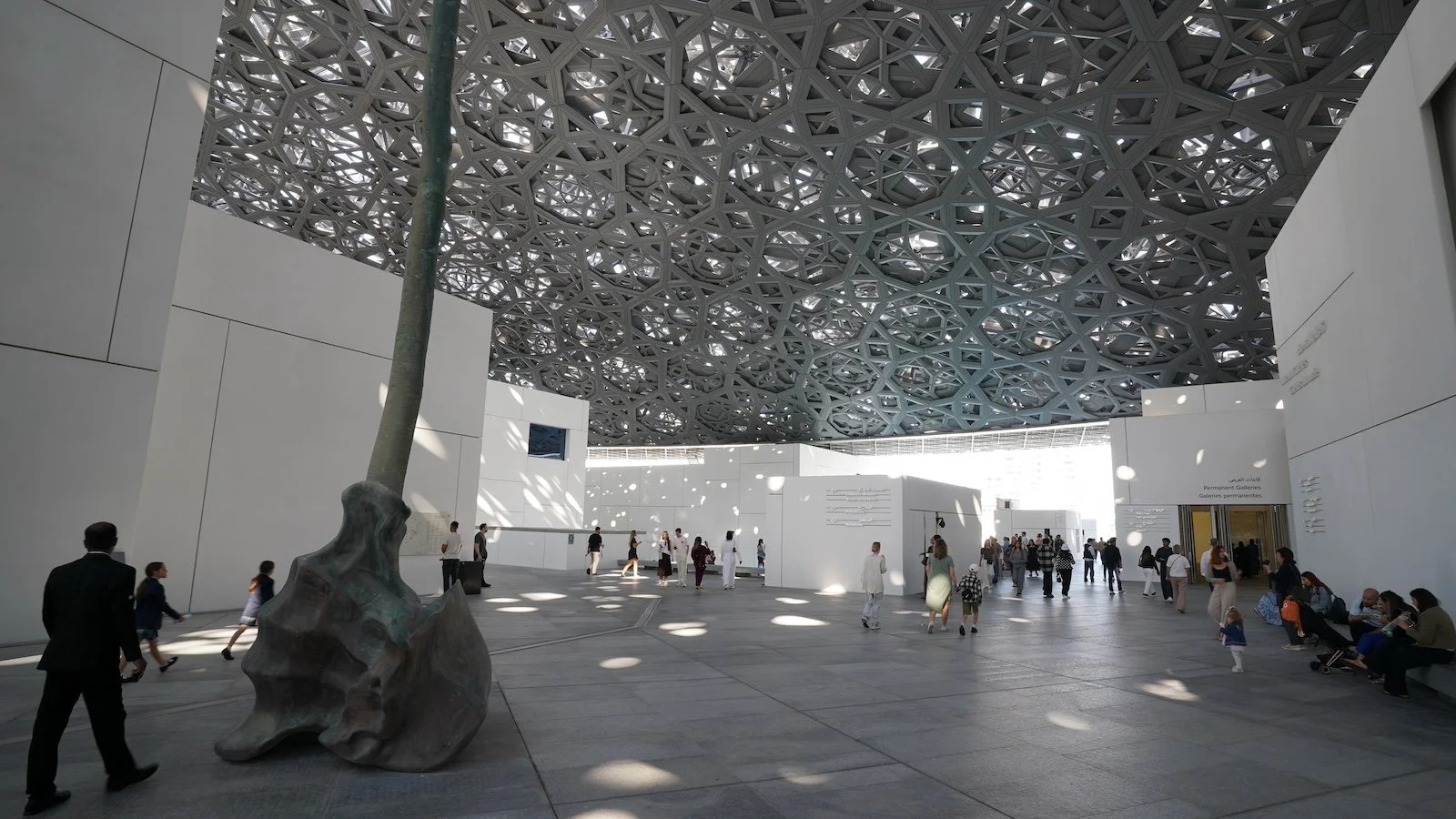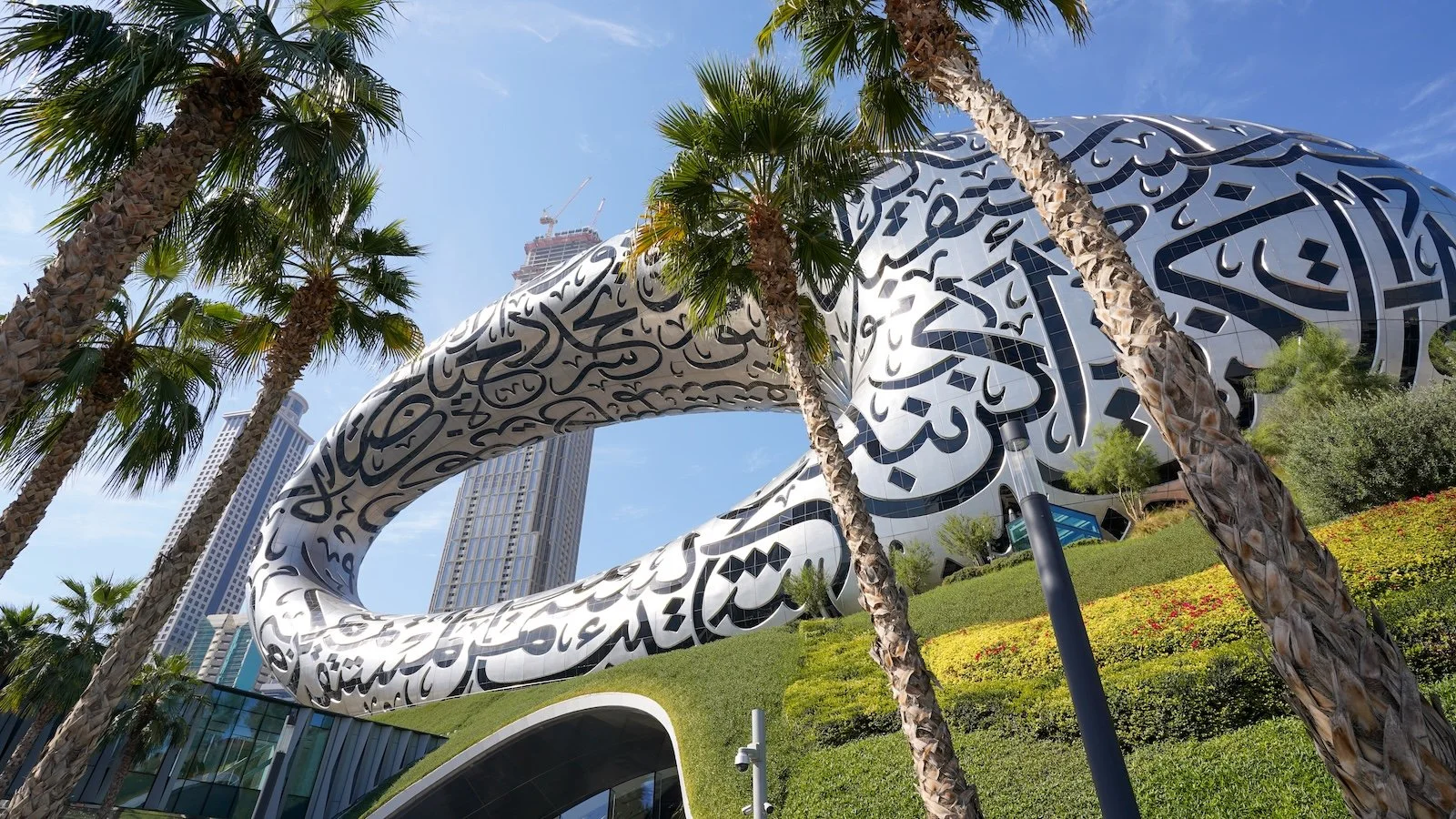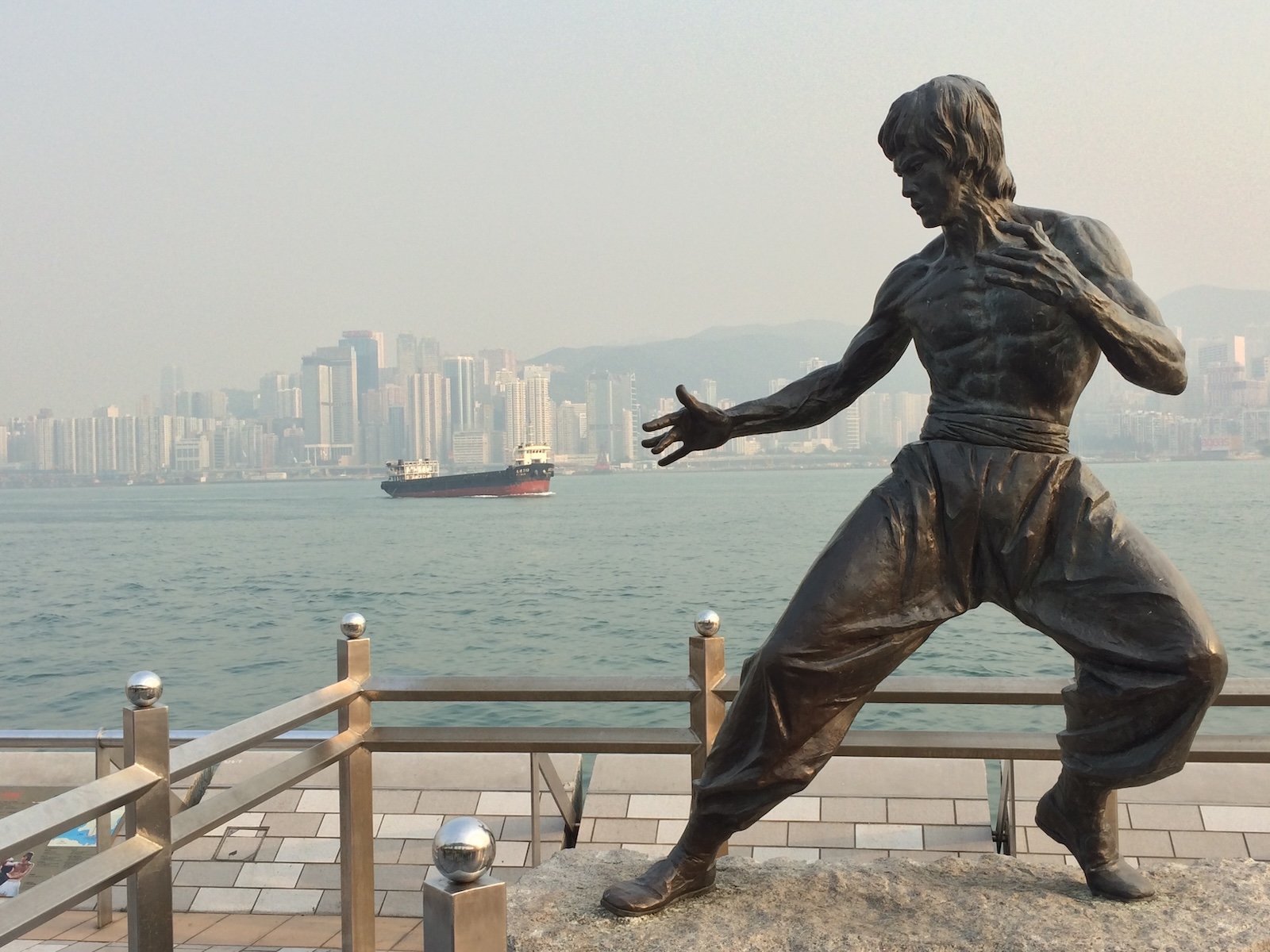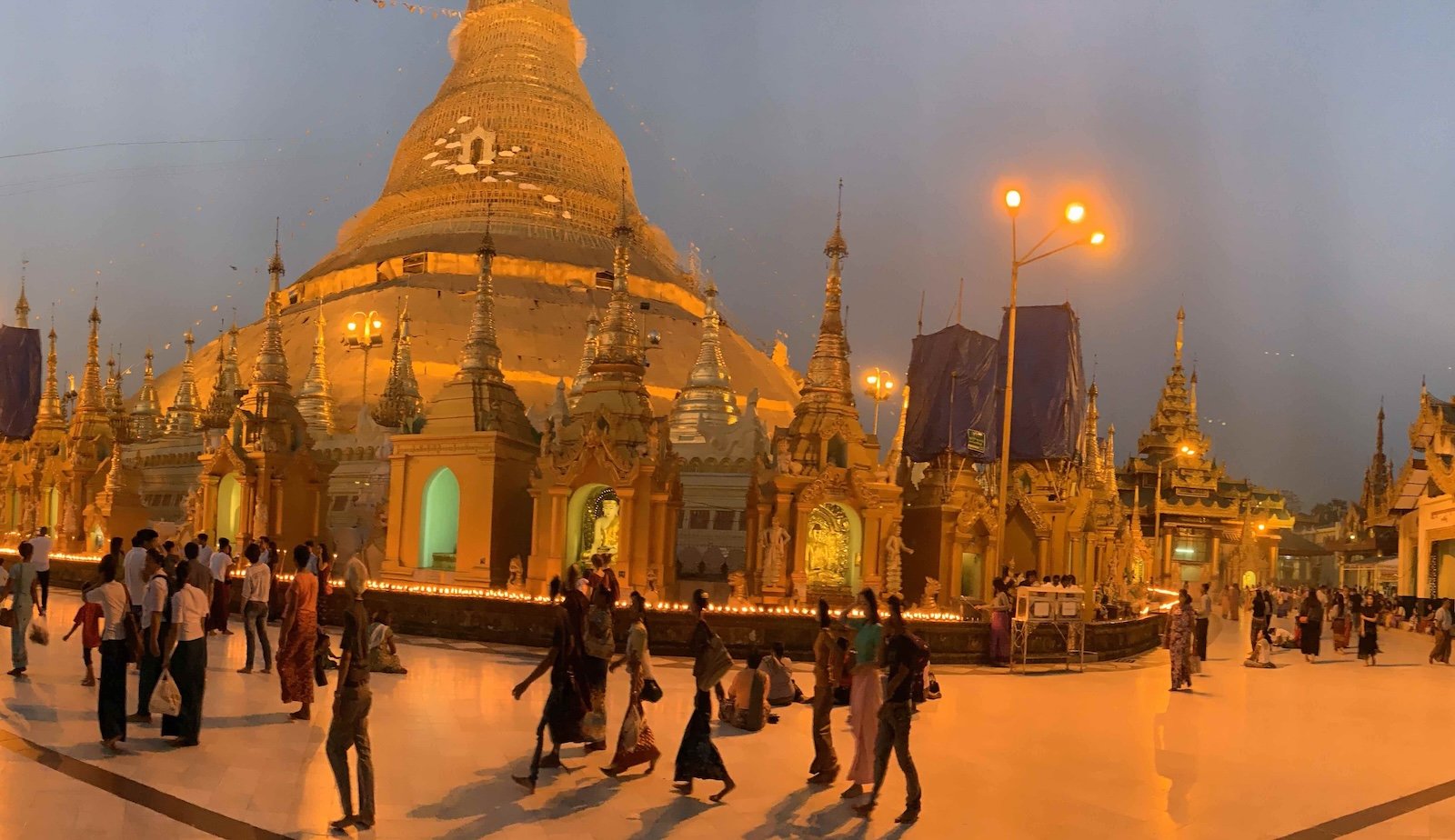Seeing the Big Buddha of Bamyan in central Afghanistan
The Big Buddha of Bamyan, also known as the Western Buddha or the Male Buddha, was one of two colossal statues carved into the cliffs of the Bamyan Valley in central Afghanistan.
© Images by Hiatus.Design
Standing at an impressive 55 metres (180 feet) tall, it was the largest of the two, with the smaller Eastern Buddha measuring 38 metres (125 feet). These statues were part of a larger Buddhist monastic complex that thrived between the 4th and 8th centuries CE, when Bamyan was a major hub along the Silk Road, blending influences from Indian, Persian, and Hellenistic cultures.
The Buddhas were carved directly into the soft sandstone cliffs, then coated in a mixture of mud and straw, and finally adorned with a layer of stucco, which was painted in vibrant colours. While time and erosion stripped away much of this detail, historical records suggest the Western Buddha was painted in a rich red hue and decorated with gold. The statues followed the Gandhara artistic style, which merged Greco-Roman aesthetics with traditional Buddhist iconography.
For centuries, the Bamyan Buddhas stood as cultural and religious landmarks, drawing travellers, monks, and scholars from across Asia. However, by the time Islam became dominant in the region, Buddhism had already declined. The statues remained standing for over a thousand years, despite natural weathering and occasional damage from conflicts.
In March 2001, the Taliban, declaring the Buddhas as idolatrous, carried out their destruction using dynamite, artillery, and anti-aircraft guns. The world watched in horror as these irreplaceable monuments were reduced to rubble. Despite their loss, the niches where the statues once stood remain powerful reminders of Bamyan’s rich heritage.
Since their destruction, there have been international efforts to reconstruct or digitally restore the statues. In 2015, a 3D holographic projection temporarily brought one of the Buddhas back to life. While debates continue over reconstruction, the UNESCO-listed Bamyan Valley remains a symbol of cultural resilience, its lost Buddhas a poignant testament to Afghanistan’s diverse history.
You might also like:
















